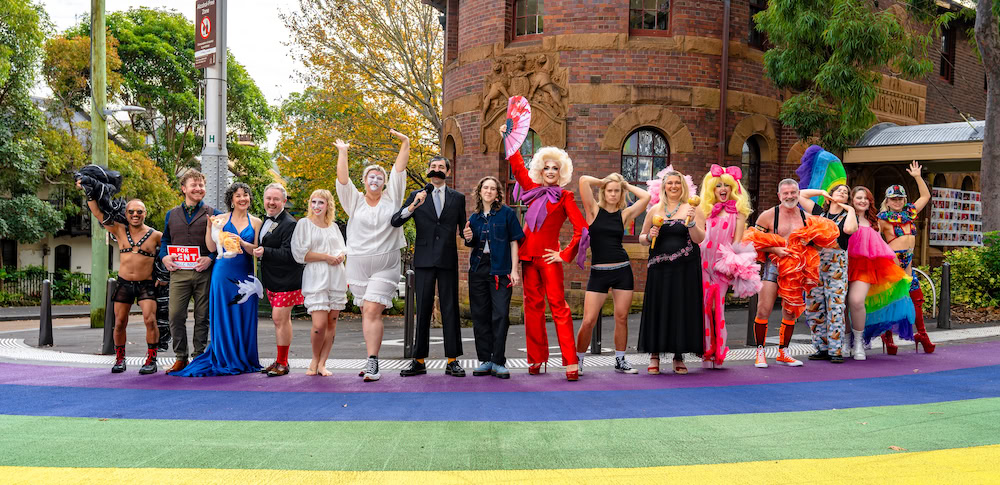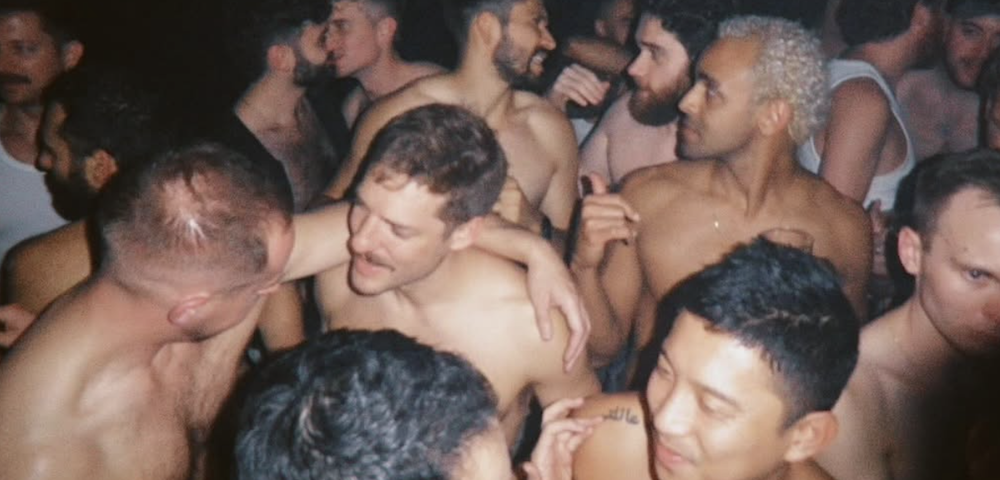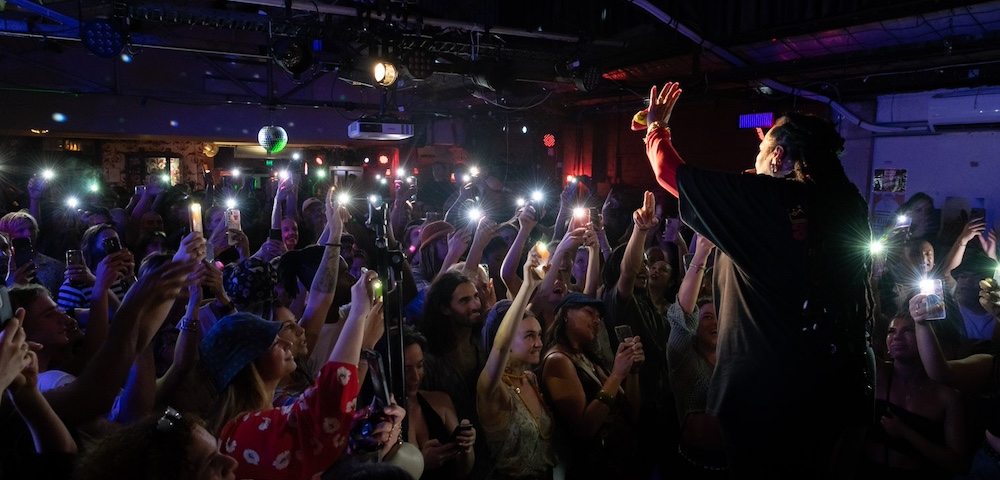
AIDS 25 years on
This week marked 25 years since AIDS was first reported, although it didn’t have a name back then.
The date was 5 June 1981. The Morbidity And Mortality Weekly Report, published by the US Centers for Disease and Control, made a brief mention of a strange form of pneumonia affecting five otherwise healthy gay men.
It wasn’t long before the disease started to spread across America, claiming the lives of almost everyone it touched.
Australia’s gay activists realised it was inevitably headed their way. Gary Dowsett remembers when, as a member of the Sisters of Perpetual Indulgence, he handed out STD prevention pamphlets on Oxford Street containing a small paragraph warning about this new disease.
It was the first AIDS prevention activity that ever happened in Australia, except we didn’t know it was called AIDS then, Dowsett, now a professor at the Australian Research Centre in Sex, Health and Society at La Trobe University, said.
The first confirmed case in Australia was reported in The Star on 6 May 1983, and two years later Dowsett became a founding member of the AIDS Council of NSW. In 1986 he was a coordinator of the first large social science research project ever done on gay men in NSW.
It was the first survey to actually figure out what was going on in terms of sexual behaviour and responses and attitudes and practices in relation to AIDS, he said.
It became one of the five or so big international touchstone projects used to compare Sydney with what was going on in London and San Francisco and New York.
Dowsett, who went on to become vice-president of ACON, said Australia had been at the forefront of biomedical research into HIV/AIDS over the decades, but he remained convinced the disease would still be around in 25 years’ time.
It’s an enormously difficult infection to control. It’s a very complicated social phenomenon, particularly the way it intersects with gay men’s sexual practices and sexual culture. It makes it almost an impossible task to control, although we’ve done a fabulous job most of the time in Australia, he said.
A vaccine could be developed, but it was unlikely everyone would have access to it, especially in developing nations, Dowsett suggested.
I can’t see the drug companies developing vaccines and giving them away free to stop this thing. There’s too much money to be made in AIDS, he said.
It’s not people like me or the gay community who have control of AIDS in this world. It’s the large pharmaceuticals and very big governments that really control the show.
Grassroots activist Paul Kidd remembers a time when just about everyone was involved in the fight against AIDS.
It was something that was a default behaviour for gay men in Australia, he said. You were inevitably involved in HIV, whether you were involved as an activist or as a person living with HIV or someone caring for someone with AIDS.
This is no longer the case -“ something Kidd hopes to change.
Kidd has been HIV-positive for more than 20 years, he says, and has lost a couple of partners to the disease. Today he works at the National Association of People With HIV/AIDS (NAPWA) as editor of Positive Living magazine.
He’s also one of the men behind Rug Up, a new campaign that hopes to re-educate gay men about HIV.
We recognised there was a time when people saw HIV as a shared responsibility and, in the last few years, probably since treatments have improved, quite understandably people have stepped back from their level of engagement, he said.
We thought we could try do something to make that change. What we’re trying to do is get a lot more discussion happening about what individuals can do about HIV. We’re trying to demonstrate that one person’s actions can have quite a significant effect.
So far around 600 people have signed up to the Rug Up campaign on the website www.rugup.org.au, though more than 7,000 people have visited the site in the past month.
People are aware of us and the message. That level of discussion is happening, Kidd said.
A large part of the fight against HIV/AIDS has been getting the government onside to fund education, health and research programs. Don Baxter, currently executive director of the Australian Federation of HIV/AIDS Organisations (AFAO), has been involved in this side of things from the start.
As far back as 1983 he was on the AIDS Action Committee, liaising with politicians about how to best tackle the disease.
It was a time of great fear in an atmosphere of uncertainly. So we were trying to work out what to do and to work out what we thought was causing it, Baxter said.
It wasn’t until the then federal health minister, Neal Blewett, went to San Francisco and saw hospitals full of gay men dying that federal government funding was offered, Baxter said. A number of AIDS organisations were formed as a result, including ACON.
Baxter became ACON’s first education program manager in 1988, then executive director from 1990. He joined AFAO in 2001.
Today he continues to ensure the federal government keeps funding and planning the national strategy on HIV/AIDS, a job that hasn’t always been easy.
At various times ministers for the department of health have not wanted to continue having a national strategy, he said. The current government’s strategy is passable, but he considered the national response could be much better.
A vaccine is at least 15 years away, he believes. We are heading into an era where treatments are getting pretty good, especially for people on the new regimes now.
Many people now are down to one pill a day and the side effects are much better.
Geoff Honnor, executive officer of support group People Living With HIV/AIDS (PLWHA), said his organisation was trying to keep up with evolving treatments and changes within the positive community.
Since the advent of combination therapy, positive identity had become a much more fluid thing.
There are a lot of people who don’t necessarily identify as a PLWHA, and they don’t have to, he said.









